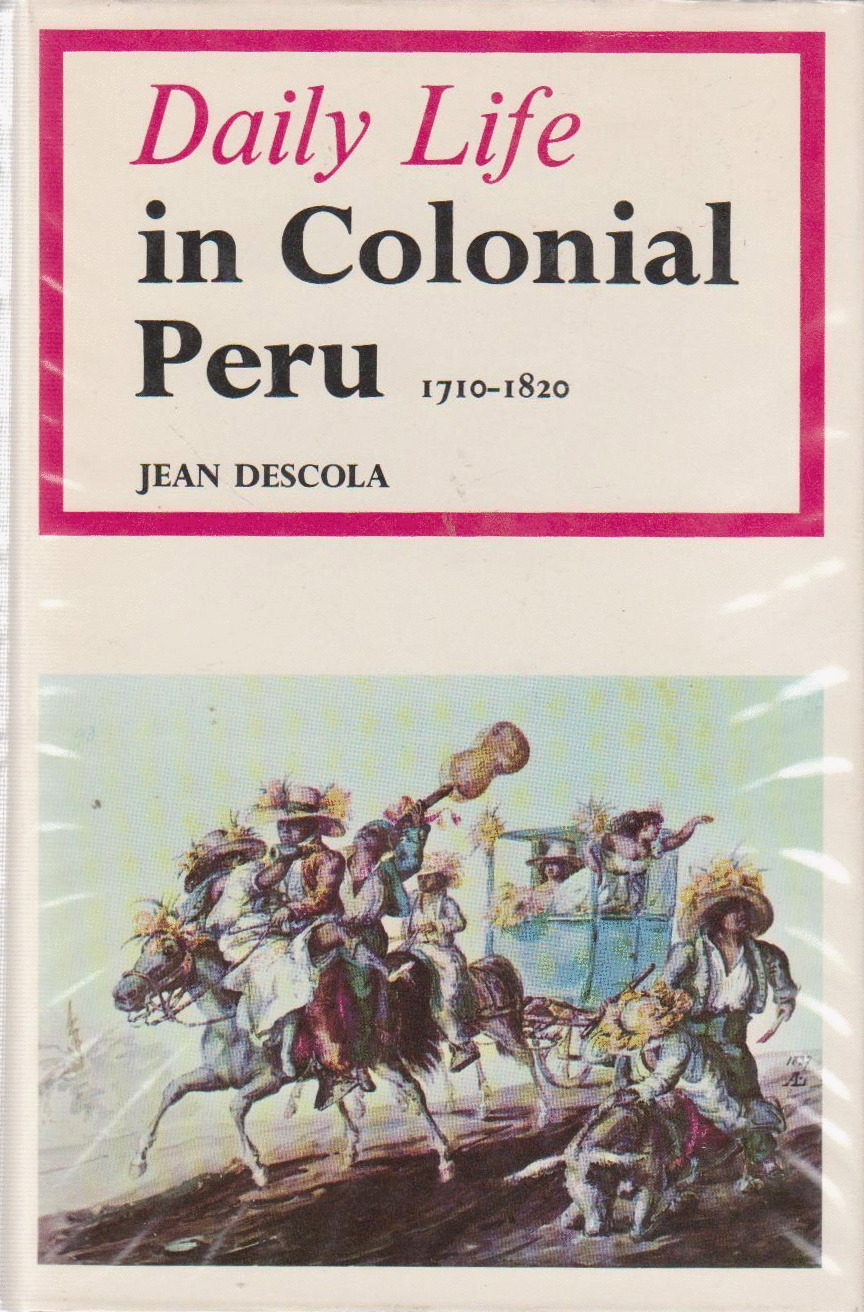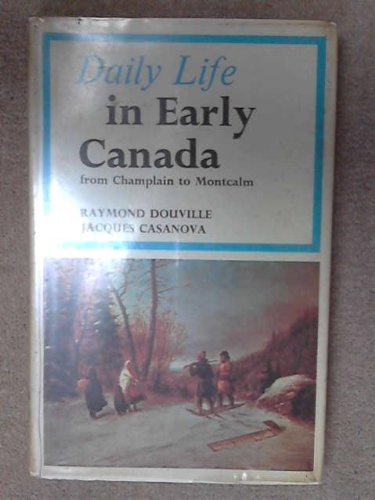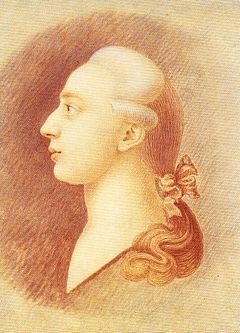


Books in series

La vie quotidienne au temps d'Homère
1954

La vita quotidiana a Firenze ai tempi dei Medici
1958

Daily Life of the Incas
1977

Daily Life in Carthage at the Time of Hannibal
1959

Daily Life in Russia under the Last Tsar
1959

Daily Life in China on the Eve of the Mongol Invasion, 1250-1276
1962

Daily Life in Eighteenth Century Italy
1962
La vie quotidienne au royaume de Kongo du XVIe au XVIIIe siècle
1992

Daily Life in Colonial Peru 1710-1820
1962

La vita quotidiana a Versailles nei secoli XVII e XVIII
1991

Daily Life in Early Canada
1964

Daily Life in Spain in the Golden Age
1964

Daily life in Papal Rome in the eighteenth century;
1962

Повседневная жизнь Вены во времена Моцарта и Шуберта
1959
Authors


Giacomo Girolamo Casanova de Seingalt was a Venetian adventurer and author. His main book Histoire de ma vie (Story of My Life), part autobiography and part memoir, is regarded as one of the most authentic sources of the customs and norms of European social life during the 18th century. He was so famous as a womanizer that his name remains synonymous with the art of seduction and he is sometimes called "the world's greatest lover". He associated with European royalty, popes and cardinals, along with men such as Voltaire, Goethe and Mozart; but if he had not been obliged to spend some years as a librarian in the household of Count Waldstein of Bohemia (where he relieved his boredom by writing the story of his life), it is possible that he would be forgotten today
